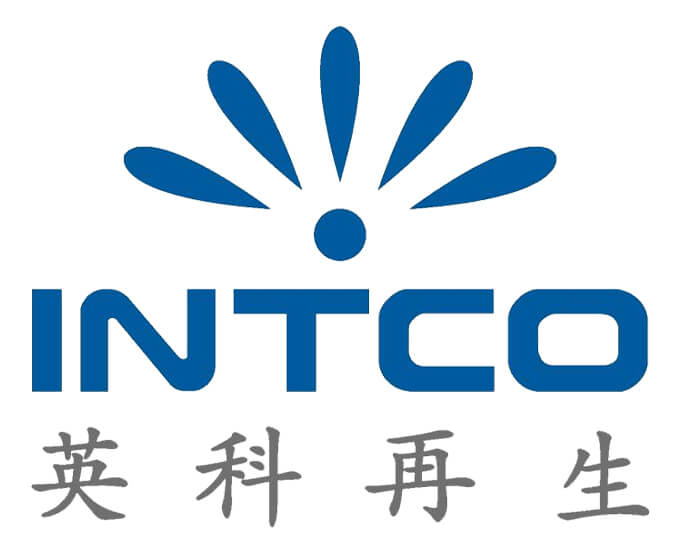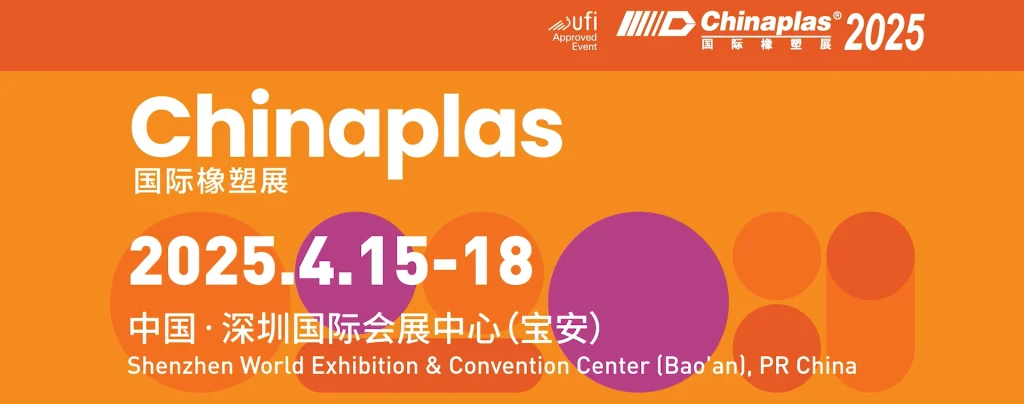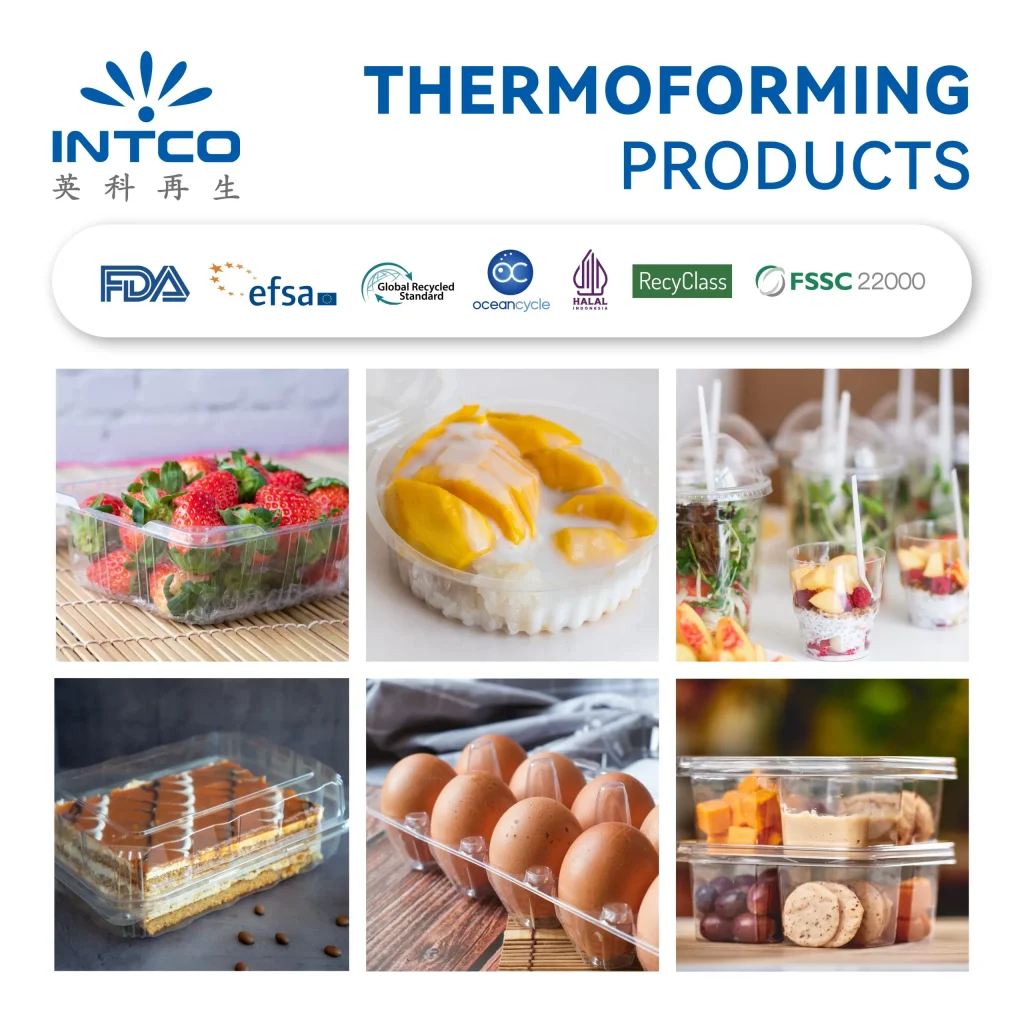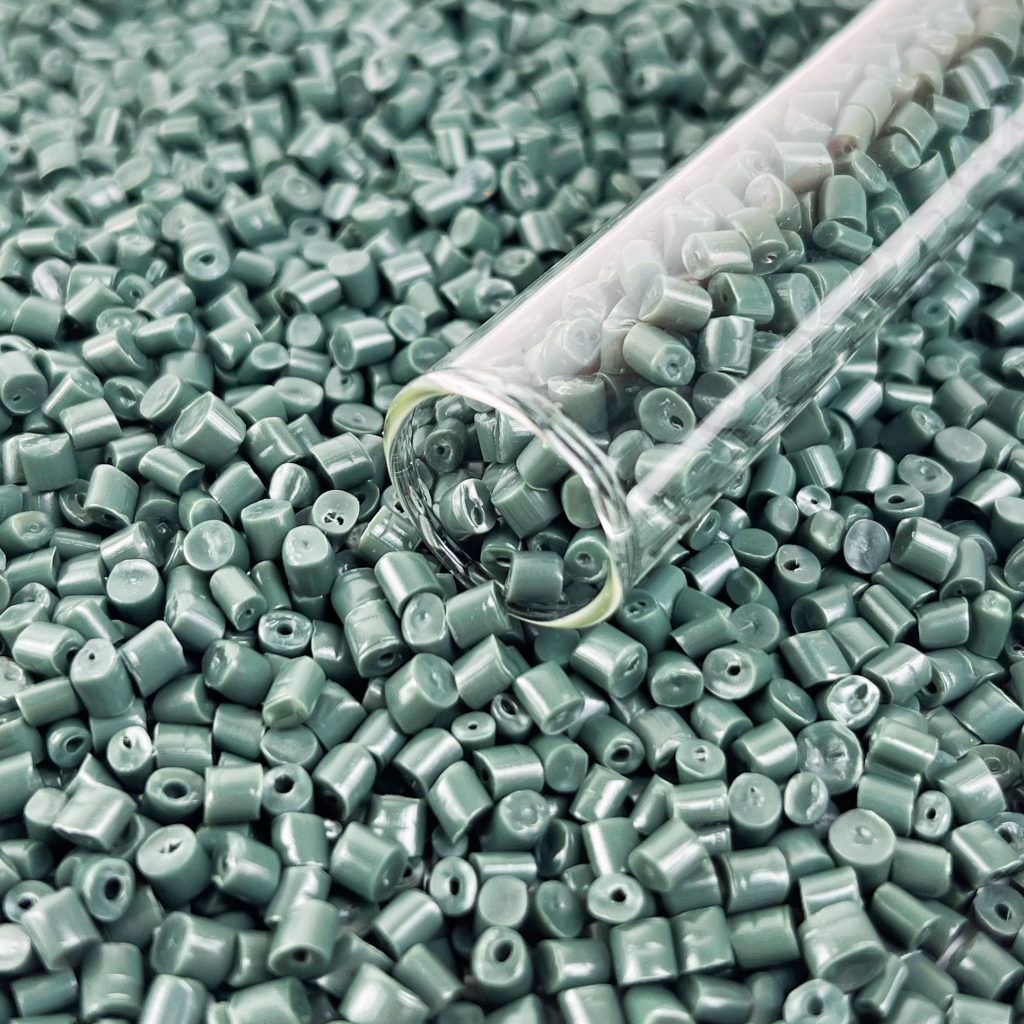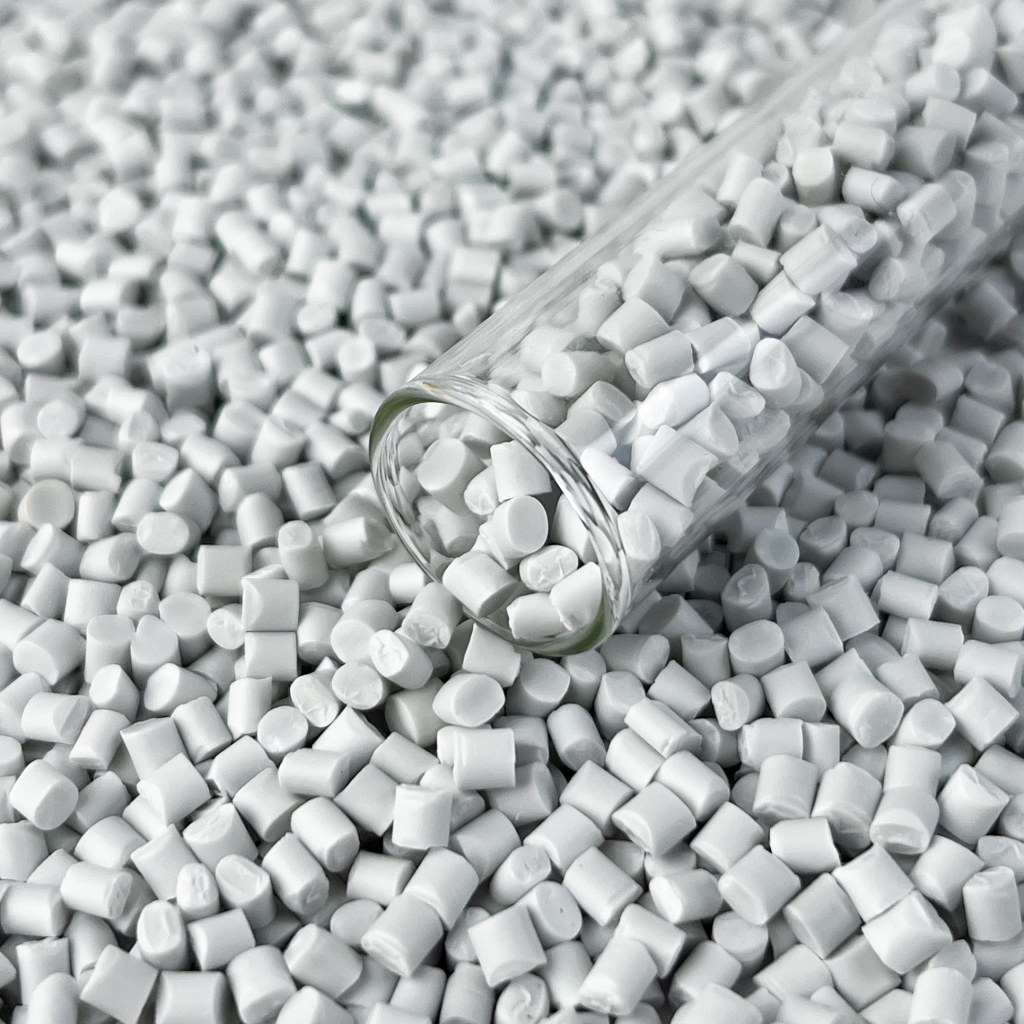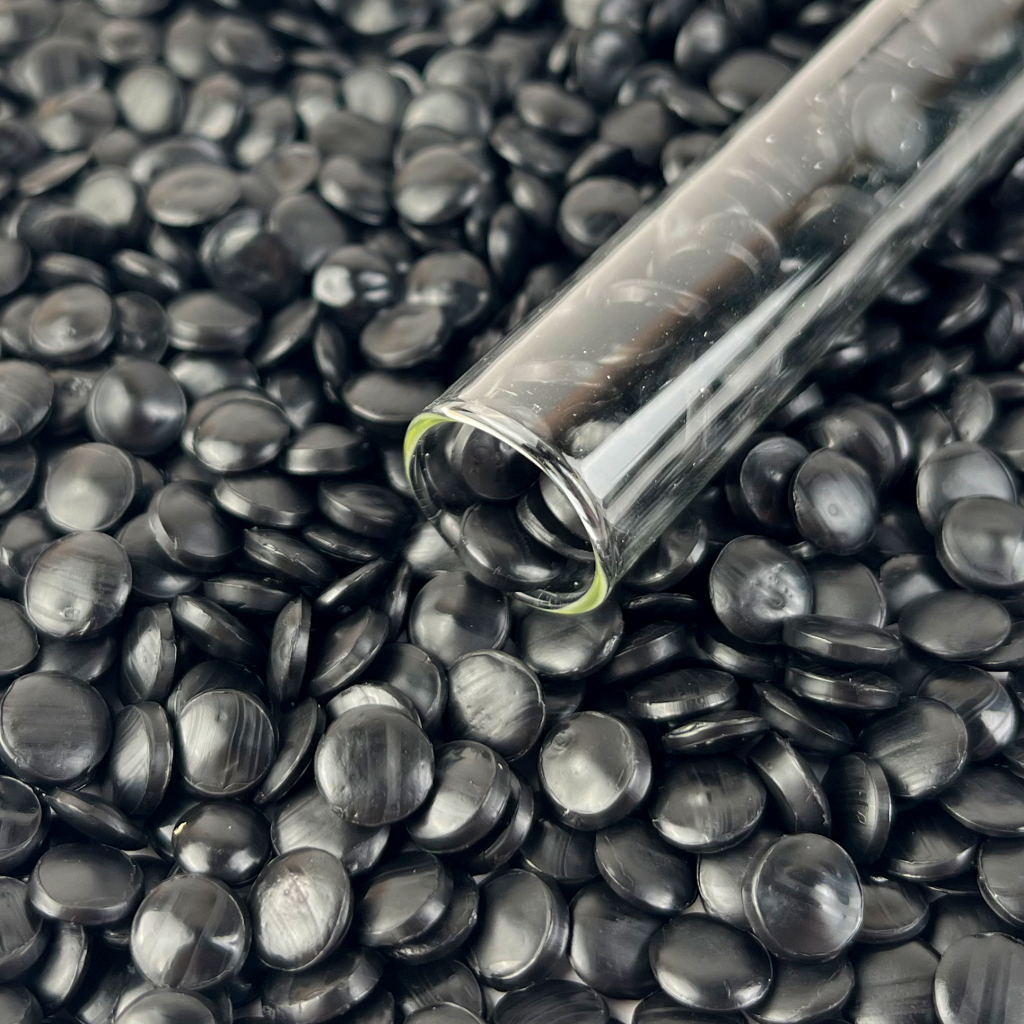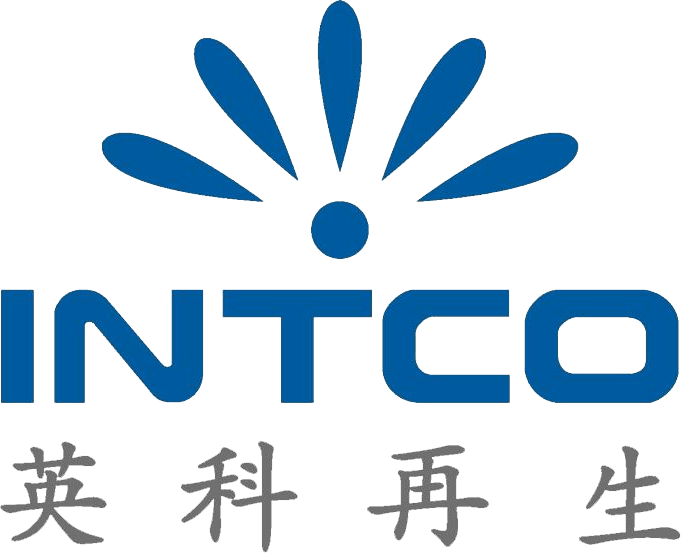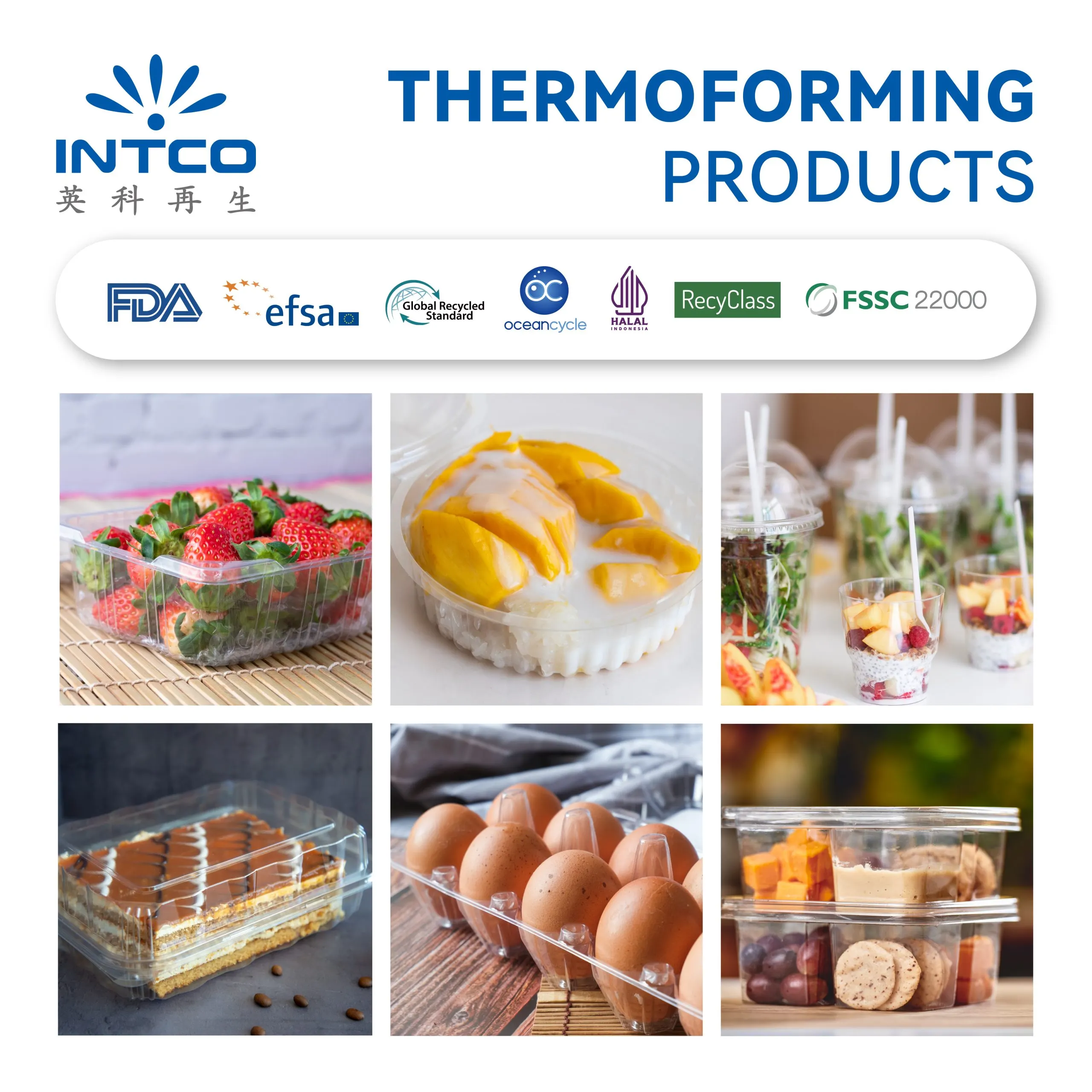
As a manufacturer of food wrappings, it is a significant consideration to ensure your products are safe while meeting green goals. The European Food Safety Authority (EFSA) plays a significant role. It develops standards for recycled polyethylene terephthalate (rPET) in food packaging. In 2025, the EFSA rPET Food Packaging Requirements are more significant than ever. They weigh consumer protection against the pursuit of a sustainable economy. This step-by-step guidebook will take you through the regulations, procedures to follow, and advantages of meeting these requirements. It will make you competitive in business.
What Are EFSA rPET Food Packaging Requirements?
EFSA’s goal centers on assessing the safety of substances and methods used in food contact materials. For rPET, this means ensuring that reused plastics are as secure as new ones. A primary rule governing this is Regulation (EU) 2022/1616. It took effect on October 10, 2022. This rule specifies the standards for recycled plastic items meant for food contact. It stresses the importance of cleaning, testing, and tracking the material’s origin.
Key EFSA rPET Food Packaging Requirements for 2025
To follow the EFSA rPET Food Packaging Requirements in 2025, producers must meet several essential rules:
- Cleaning Methods. EFSA requires that cleaning methods lower pollutants to safe amounts. For example, potential exposure to harmful substances must not go beyond 0.0025 μg/kg body weight per day. This is stated in EFSA’s revised advice from July 2024.
- Required Transfer Testing. Producers must perform transfer tests. They use food-like substances to ensure no dangerous elements move from rPET wrapping into food.
- Records and Tracking. EFSA demands thorough records of rPET origins. This ensures quality and the ability to trace the material from its source to the final item.
In July 2024, EFSA issued updated advice on mechanical PET recycling methods. It highlighted the need for detailed data on gathering, initial processing, cleaning, further processing, and intended use. This ensures that rPET meets strict safety criteria for food contact purposes.
How EFSA rPET Food Packaging Requirements Ensure Consumer Safety
Preventing Contaminant Migration in rPET Packaging
A main aim of the EFSA rPET Food Packaging Requirements is to reduce the chance of chemical transfer from rPET into food. Harmful substances like volatile organic compounds (VOCs), heavy metals, or leftover food bits can create health risks. They might seep into food items. EFSA’s limits, such as the 0.0025 μg/kg body weight per day cap for potential exposure, ensure these risks are kept low.
For instance, EFSA’s challenge tests check how well cleaning methods work. They do this by mimicking contamination with substitute substances. This confirms that any remaining pollutants in rPET are below safe transfer limits. As a result, it protects consumers from possible health threats.
Rigorous Testing and Certification Processes
EFSA demands that producers follow strict testing steps to gain approval. These steps include:
- Challenge Tests. These tests assess how effectively cleaning removes pollutants. They introduce substitute contaminants and measure their removal.
- Transfer Studies. Producers must use food-like substances to show that no harmful elements move into food. The levels must not exceed EFSA’s limits.
- Health Impact Reviews. EFSA examines the health effects of any remaining pollutants. This ensures they pose no danger to human well-being.
Gaining EFSA approval is crucial for market entry in the EU. It proves that your rPET wrapping meets the highest safety criteria.
Supporting the Circular Economy While Prioritizing Safety
EFSA’s rules align with the EU’s sustainable economy goals. One such goal is for all plastic wrapping to be recyclable by 2030. By encouraging the use of rPET, EFSA promotes eco-friendliness while ensuring safety. For producers, this balance means creating safer items. These items build consumer confidence and meet legal demands. At the same time, they contribute to a more sustainable future.
Steps for Manufacturers to Comply with EFSA rPET Food Packaging Requirements
Sourcing High-Quality rPET Materials
Following the rules begins with obtaining top-notch, food-safe rPET materials that meet EFSA criteria. This requires working with approved suppliers. These suppliers provide rPET chips or pellets that can be traced. For example, food-grade rPET pellets are a dependable option. They help producers meet EFSA standards.
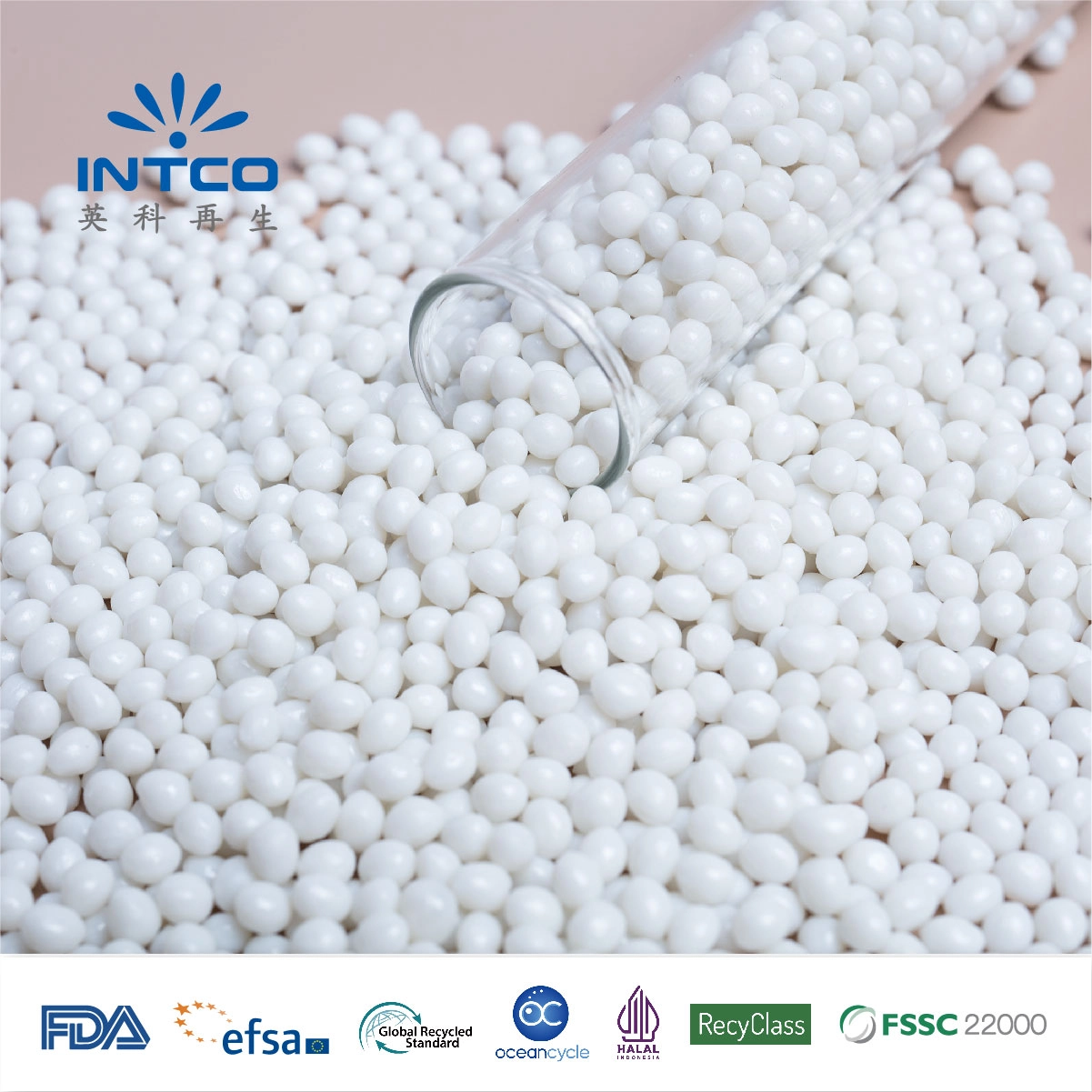
Implementing Effective Decontamination Processes
Proper cleaning is vital for compliance. The best methods include:
- Ultra-Clean Recycling. Techniques like vacuum degassing and high-heat washing remove impurities efficiently.
- Modern Technologies. Methods such as solid-state polycondensation (SSP) ensure that rPET meets EFSA’s cleaning standards.
Conducting Migration Testing and Documentation
Here’s a clear guide for transfer testing and record-keeping:
- Work with Approved Labs. Partner with labs to run transfer tests. They use food-like substances for this.
- Review Results. Make sure transfer levels are below EFSA’s limits. For example, the limit is 0.0481 μg/kg food for substances ≤ 150 Da.
- Keep Detailed Records. Store thorough records of test outcomes, rPET origins, and process details. This is for EFSA reviews.
| Step | Action | Purpose |
| Engage Labs | Select approved labs | Ensure precise testing |
| Analyze Results | Compare with EFSA limits | Verify safety compliance |
| Maintain Records | Document all steps | Support EFSA reviews |
Benefits of Complying with EFSA rPET Food Packaging Requirements
Building Consumer Trust Through Safety
Following EFSA criteria ensures that your rPET wrapping is secure. This builds confidence among consumers and retailers. A 2024 survey revealed that 78% of EU consumers prefer eco-friendly wrapping. Thus, safety and eco-friendliness are key factors in buying decisions.
Gaining a Competitive Edge in the Market
EFSA approval can make you stand out in a crowded market. The demand for sustainable, compliant wrapping is growing. Approved producers are better placed to attract eco-conscious customers and retailers.
INTCO Plastics: Your Trusted Partner for EFSA-Compliant rPET Solutions
At INTCO Plastics, we are dedicated to offering EFSA-compliant rPET solutions. These solutions meet the highest safety and eco-friendly standards. As a global leader in plastic recycling, we focus on producing food-safe rPET chips and pellets. These are approved by EFSA, FDA, GRS, and other regulatory bodies. Our advanced recycling methods ensure that our rPET pellets are safe for food contact uses. This helps producers meet EFSA rules.
With a focus on innovation and eco-friendliness, we offer various products. These include rPET sheets. They help producers create safe, eco-friendly wrapping solutions.
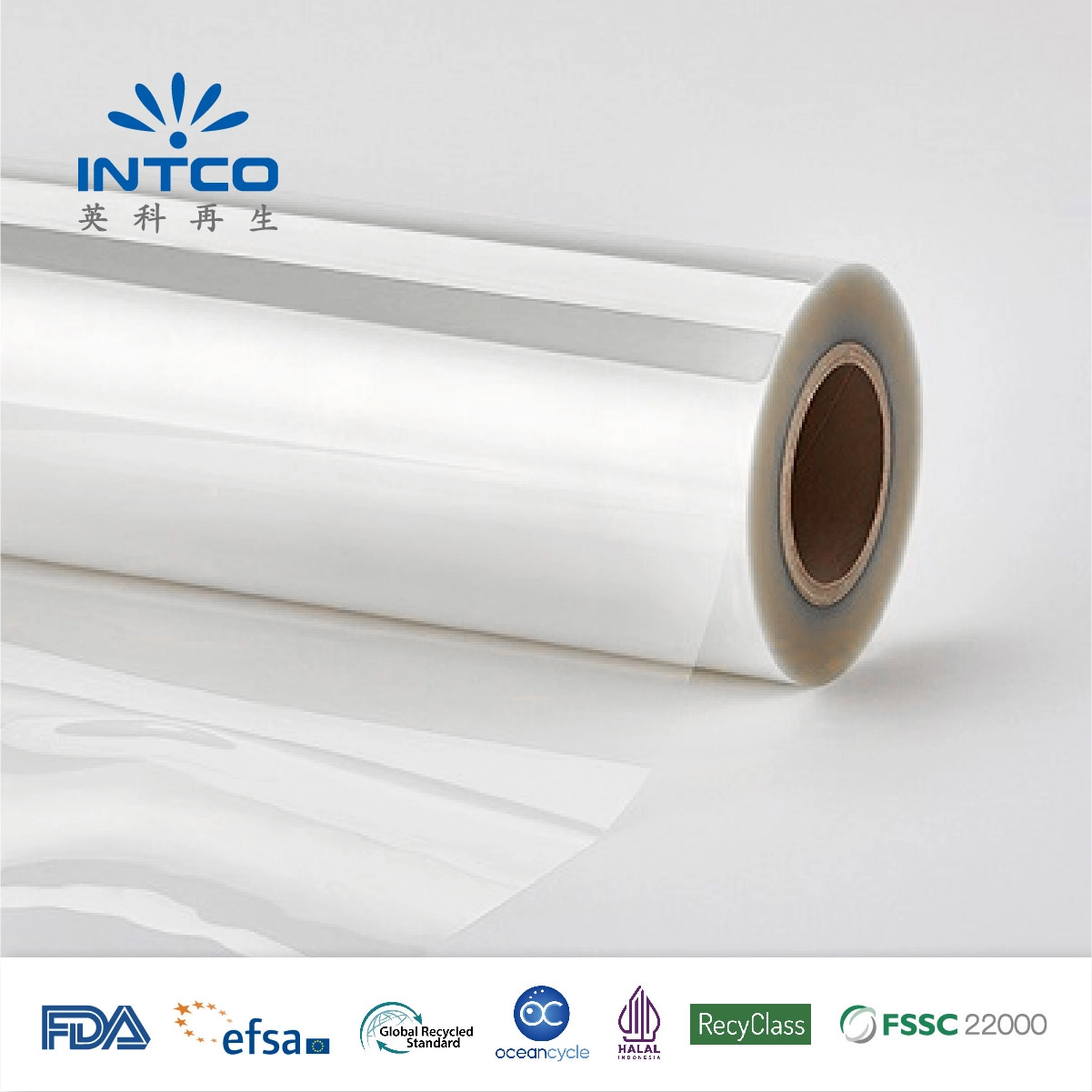
FAQs: Common Questions About EFSA rPET Food Packaging Requirements
What Are the Main EFSA rPET Food Packaging Requirements for 2025?
The main rules include ensuring cleaning methods reduce pollutants to safe amounts. For example, levels must be below 0.0025 μg/kg body weight per day. Producers must also conduct required transfer tests. Additionally, they need to keep detailed records for tracking purposes.
How Do EFSA rPET Food Packaging Requirements Protect Consumers?
These rules safeguard consumers by limiting the transfer of harmful substances into food. They enforce thorough testing. They also ensure that rPET meets the same safety criteria as new materials.
What Happens If a Manufacturer Fails to Meet EFSA rPET Food Packaging Requirements?
Not following the rules can lead to market rejection. It may also result in fines or legal action by EU authorities. Furthermore, it can harm consumer confidence and brand image.
How Can Manufacturers Source EFSA-Compliant rPET Materials?
Producers should work with approved suppliers. These suppliers provide food-safe rPET with clear tracking records. This ensures compliance with EFSA standards.
Conclusion: Stay Ahead with EFSA rPET Compliance in 2025
The EFSA rPET Food Packaging Requirements are crucial for ensuring the safety and eco-friendliness of food wrapping in 2025. By following these criteria, producers can protect consumers and build confidence. They also contribute to a sustainable economy. Prioritizing compliance ensures legal approval. It also positions your business for growth in a competitive market.
Take Action Today
Are you ready to ensure your wrapping meets EFSA criteria? Explore our range of EFSA-compliant rPET products. Partner with a reliable supplier to stay ahead in 2025. Contact us today to learn how we can support your compliance journey!
